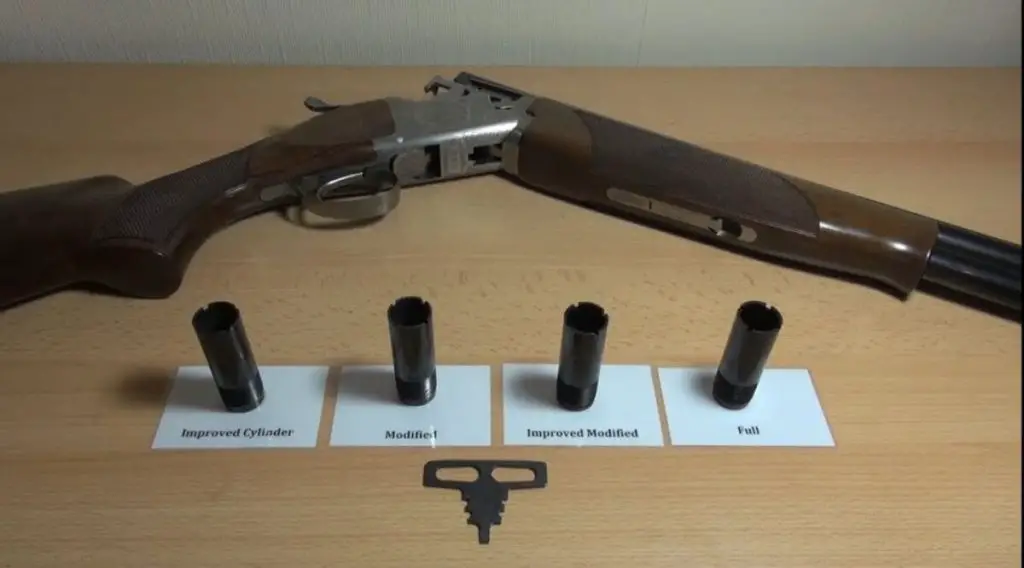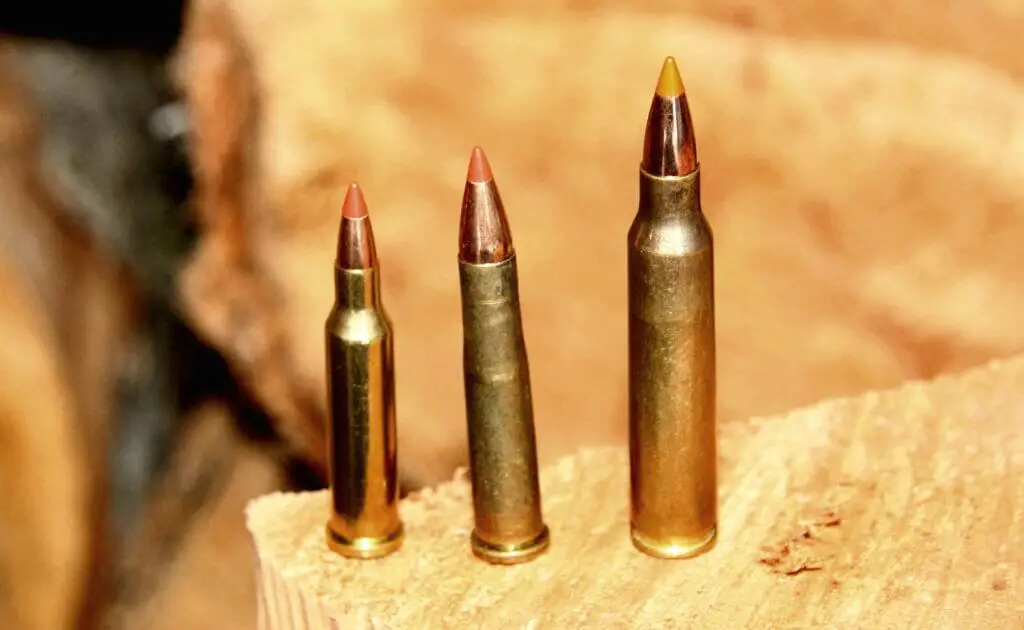Broadheads have become a critical aspect of hunting, with their efficiency and precision defining the outcome. Among the assorted brands of broadheads in the market, SWAT broadheads have significantly shined through, living up to their hype and their reputation of delivering impeccable performance. Whether it’s their penetrative power, cutting diameter, or their flight trajectory, SWAT broadheads offer beyond satisfactory results.
Delving into SWAT Broadheads
Swat Broadheads are renowned for their sleek design, impressive performance, and durability. They are fashioned with high-grade materials that accord them longevity and unwavering operational efficiency. But what exactly sets SWAT broadheads apart?
Design and Construction
Swat broadheads feature a unique design aiding them to stand out from the pack. They have a cross-opening blade system that decreases the frontal surface area on the arrow’s impact, reducing friction, and significantly improving penetration. The blades are made of stainless steel, which means rust and corrosion won’t chip away at their sharpness.
Performance
Efficiency in a hunt is determined by the tools a hunter uses; SWAT broadheads take center stage here. Their low-drag, high-lift design guarantees a higher speed compared to traditional broadheads. Moreover, they create a larger wound channel, increasing lethality and ensuring that your target is dispatched quickly and humanely.
Varieties
Swat broadheads come in different varieties to meet diverse hunting needs. The most common types include the SWAT A4 Mini, SWAT A4, and SWAT X-Mag. Their weights vary from 100 to 125 grains, making them suitable for all bow types, including crossbows, compound bows, and even recurve bows.
A Detailed Review of SWAT Broadheads
SWAT A4
The SWAT A4 broadhead is every bowhunter’s dream. It features four razor-sharp blades that open upon impact. The cross-opening mechanical design ensures less resistance upon entry while creating substantial wound channels. Its 100-grain weight offers a perfect balance between speed and impact force, making it ideal for both big-game hunting and general use.
SWAT A4 Mini
The SWAT A4 Mini broadhead, weighing 100 grains, is a more compact version of the SWAT A4. It is ideally suited for hunters who prefer lighter, smaller broadheads without compromising on performance. The A4 Mini’s compact size and lighter weight allow it to maintain a straight flight path, even in heavy winds.
SWAT X-Mag
The SWAT X-Mag Broadhead is specially designed for bowhunters seeking more power and larger cutting diameters. Weighing 125 grains and armed with four exquisitely sharp blades, it creates devastating wound channels and drops prey faster than you’d expect. It’s the perfect blend of old-school fixed-blade reliability and advanced mechanical design.
Comparison of SWAT Broadheads
Here’s how the three main SWAT broadheads stack against each other:
| A4 | A4 Mini | X-Mag | |
|---|---|---|---|
| Weight | 100 grains | 100 grains | 125 grains |
| Blades | 4 | 4 | 4 |
| Cutting Diameter | 1.5 inches | 1 inch | 2 inches |
Tips for Using SWAT Broadheads
- Ensure your bow is tuned correctly. SWAT broadheads can fly off course if your bow is not well-tuned.
- Ensure the broadhead is well-attached to the arrow. A loose broadhead can lead to poor performance.
- Always inspect your blades before a hunt. Ensure they are sharp and in good condition to increase your success rate.
Swat broadheads pack a punch that is hardly matched in the industry. Whether you’re a beginner or a seasoned hunter, these broadheads will enormously contribute to your hunting success. From innovative designs to superlative performance, they offer the perfect blend of size, weight, speed, and lethality that every avid hunter seeks. Happy hunting!
Frequently Asked Questions
1. What is the difference between Iron Will and Montec broadheads?
Iron Will and Montec are two different brands of broadheads, and they differ in terms of design, materials used, and performance. Iron Will broadheads are known for their use of premium materials, such as stainless steel and titanium, which make them extremely durable and effective in penetrating targets. On the other hand, Montec broadheads are made of solid stainless steel and are often favored for their simplicity and reliability. Additionally, Iron Will broadheads usually have a more robust cutting diameter and blade design compared to Montec broadheads.
2. Are Iron Will broadheads worth the money?
While Iron Will broadheads may be pricier compared to some other brands, many archers and hunters consider them to be worth the investment. Iron Will broadheads are meticulously crafted with high-quality materials, resulting in exceptional strength and precision. They have a reputation for superior accuracy and deep penetration, minimizing the chance of deflection and increasing the likelihood of clean kills. Ultimately, the decision on whether Iron Will broadheads are worth the money depends on individual preferences and budget.
3. What are broadheads made out of?
Broadheads are typically made out of various materials, with the most common being stainless steel, carbon steel, and titanium. Stainless steel is widely used for its corrosion resistance and durability. Carbon steel is known for its excellent strength and sharpness retention. Titanium offers a good balance between strength and weight, making it popular among hunters looking for high-performance broadheads.
4. How are broadheads made?
Broadheads are manufactured through a series of steps, which usually involve forging, grinding, and assembly. Here is a simplified overview:
- Material selection: The chosen material, such as stainless steel or titanium, is obtained in the form of rods or blanks.
- Forging: The material is heated and shaped using a hammer or press to create the general outline of the broadhead.
- Grinding: The rough shape is refined and the blades are shaped using grinding and machining tools.
- Heat treating: The broadhead is subjected to controlled heating and cooling processes to enhance its hardness and durability.
- Sharpening: The blades are sharpened to a fine edge, ensuring optimal cutting performance.
- Assembly: If necessary, additional components like ferrules, inserts, or o-rings are added to complete the broadhead.
5. What factors should I consider when choosing broadheads?
When selecting broadheads, it’s important to consider factors such as the type of game you are hunting, the weight and speed of your bow, the desired cutting diameter, and the material and construction of the broadhead. Each type of broadhead has its own advantages and limitations, so it’s essential to match the broadhead to your specific hunting needs and preferences.
6. Can broadheads be reused?
In general, most broadheads can be reused if they are undamaged and have not been excessively shot into hard surfaces. However, it is important to carefully inspect the blades, ferrule, and tip for any signs of damage or dullness before reusing them. Some broadheads may require blade replacement or re-sharpening after each shot. It is recommended to follow the manufacturer’s guidelines for reuse and maintenance.
7. How important is sharpness for broadheads?
Sharpness is crucial for broadheads as it directly affects their cutting ability and penetration. A sharp broadhead will glide through the target with minimal resistance, creating a larger wound channel and increasing the chances of a quick and humane kill. Dull or blunt broadheads can result in poor penetration, deflection, and potentially more prolonged suffering for the game.
8. How many blades should a broadhead have?
The number of blades on a broadhead can vary, typically ranging from two to four. More blades generally result in a larger cutting diameter, increasing the potential for quick and efficient kills. However, the number of blades also affects the flight characteristics of the broadhead. Some people prefer two-blade broadheads for their superior penetration, while others opt for more blades for increased cutting surface area.
9. Can broadheads be used for target practice?
While broadheads are primarily designed for hunting, some broadheads are specifically made for target practice. These target or practice broadheads are often equipped with rubber or blunted tips to minimize damage to targets and reduce the risk of injury. Using hunting broadheads for target practice is generally discouraged due to their sharpness and potential for causing severe damage to targets and arrows.
10. Are expandable broadheads better than fixed-blade broadheads?
Expandable (mechanical) and fixed-blade broadheads each have their own advantages and disadvantages. Expandable broadheads, also known as mechanical broadheads, offer a smaller profile during flight, which can lead to better flight characteristics and accuracy. They often have larger cutting diameters upon impact. On the other hand, fixed-blade broadheads are known for their simplicity, reliability, and ability to penetrate bone effectively. The choice between the two ultimately depends on personal preference and the specific hunting situation.
- How to Put a Scope on a Mosin Infantry in Tarkov: A Quick Guide - November 7, 2024
- How to Edit a Scope Box in Revit: A Step-by-Step Guide - November 6, 2024
- How to Put a Scope on Mosin Tarkov: Expert Tips for Gamers - November 6, 2024


